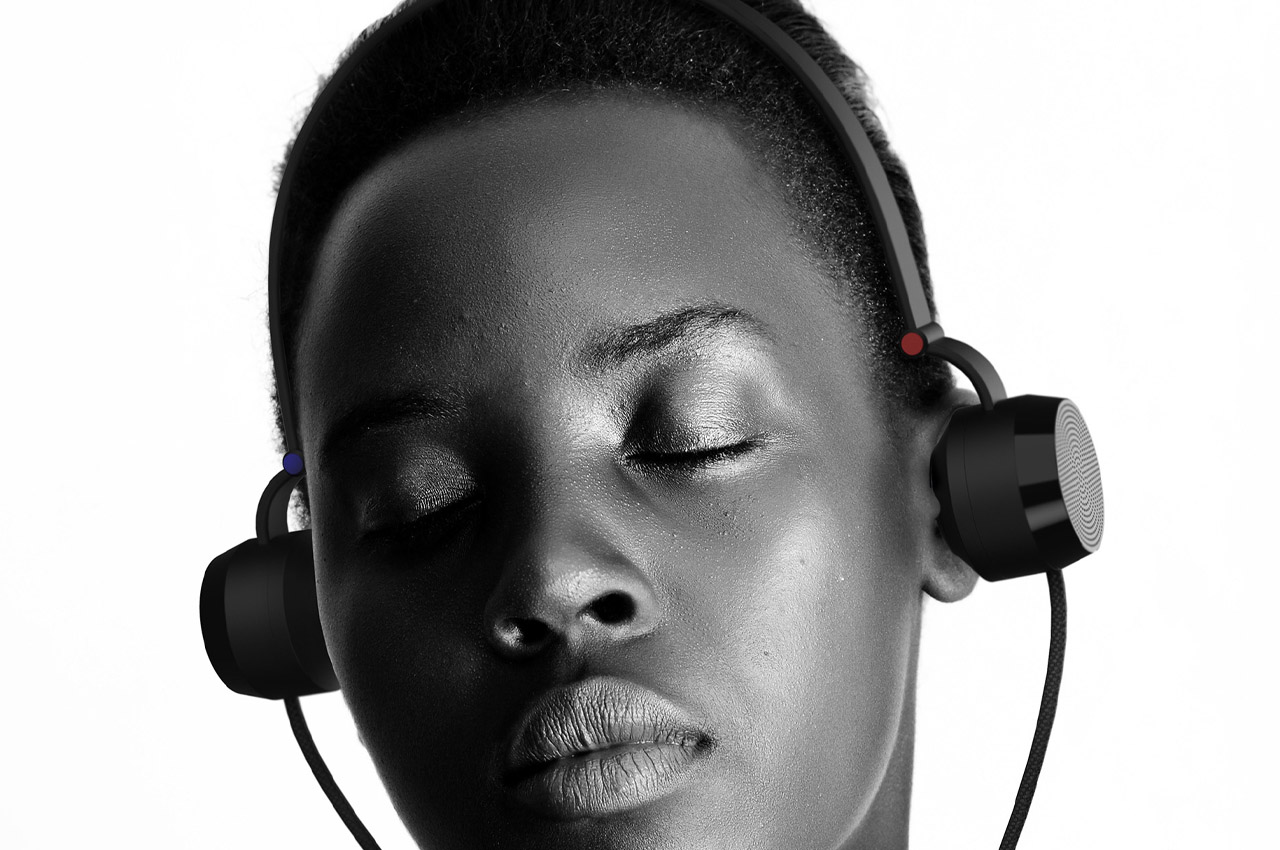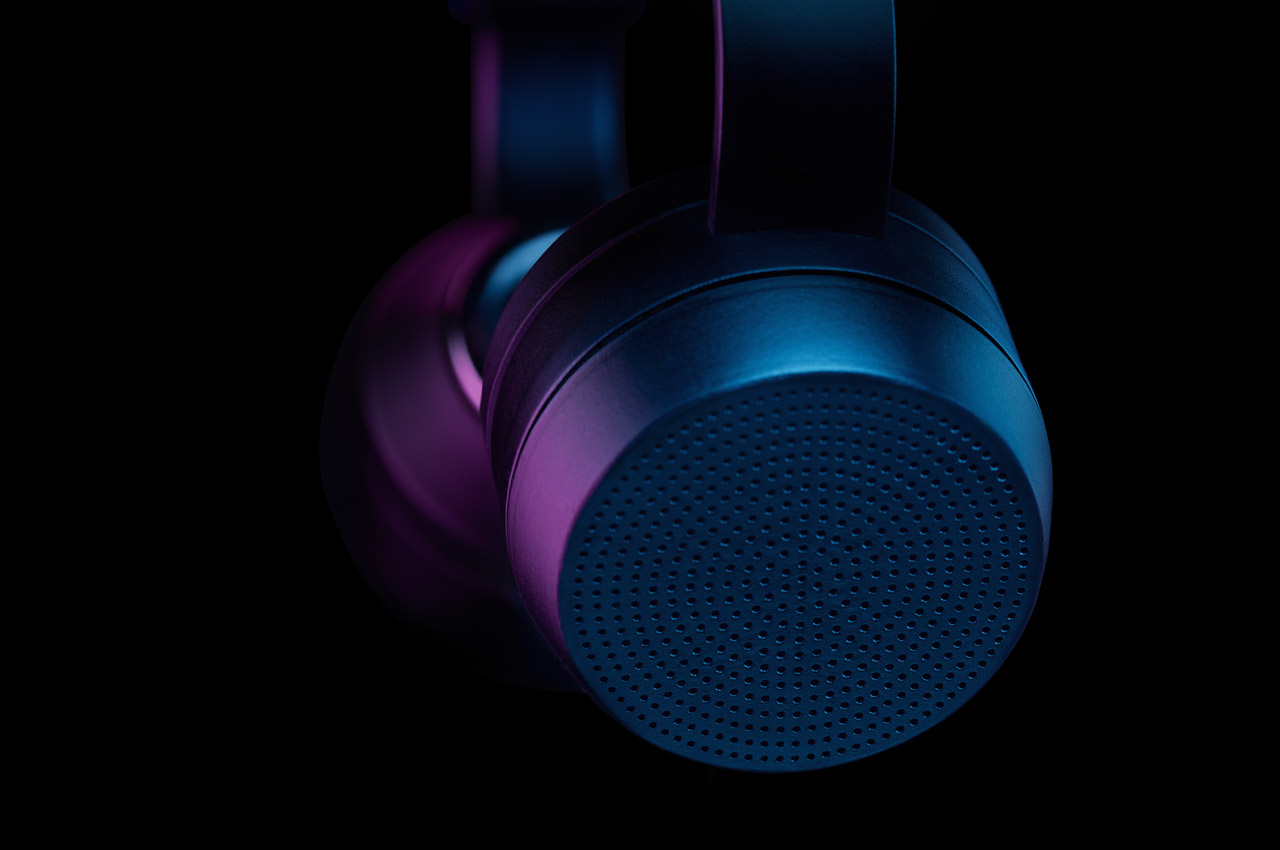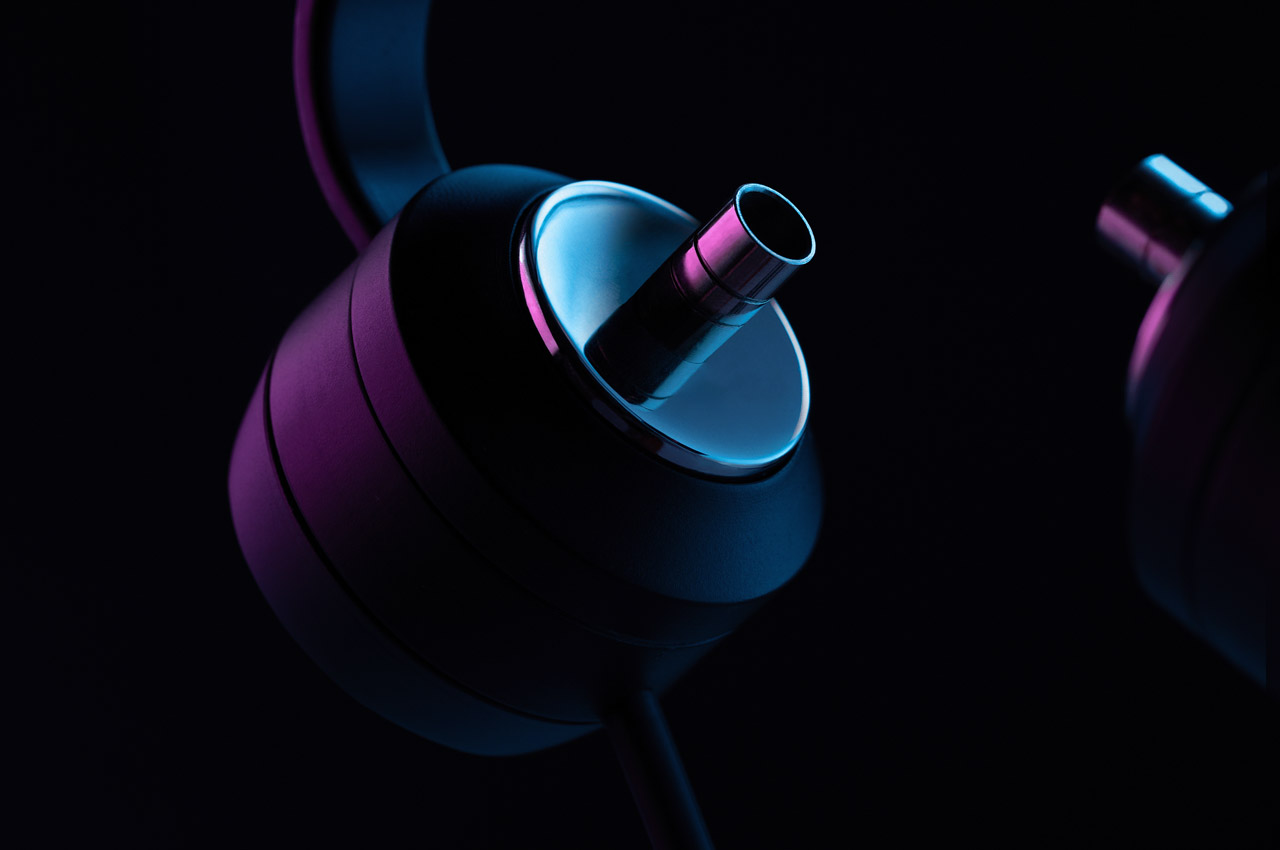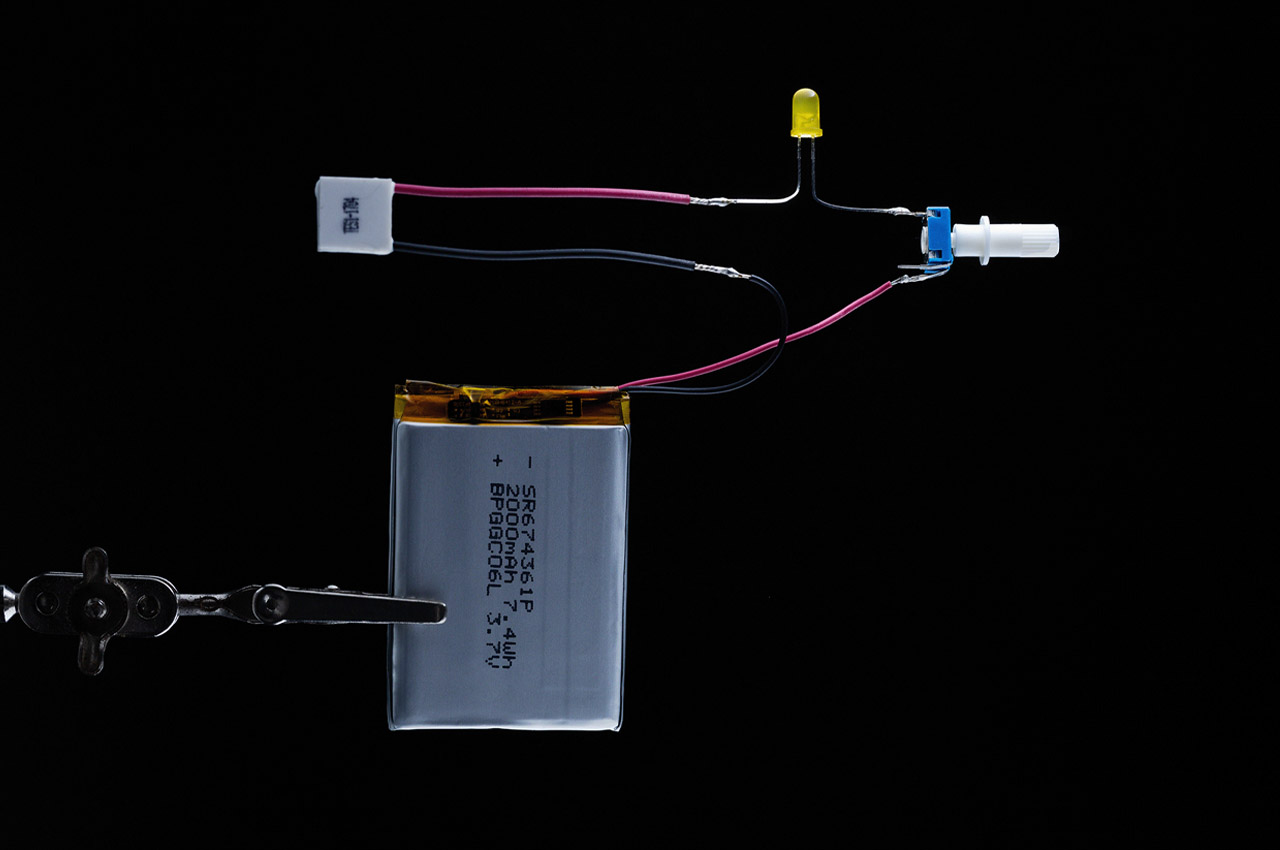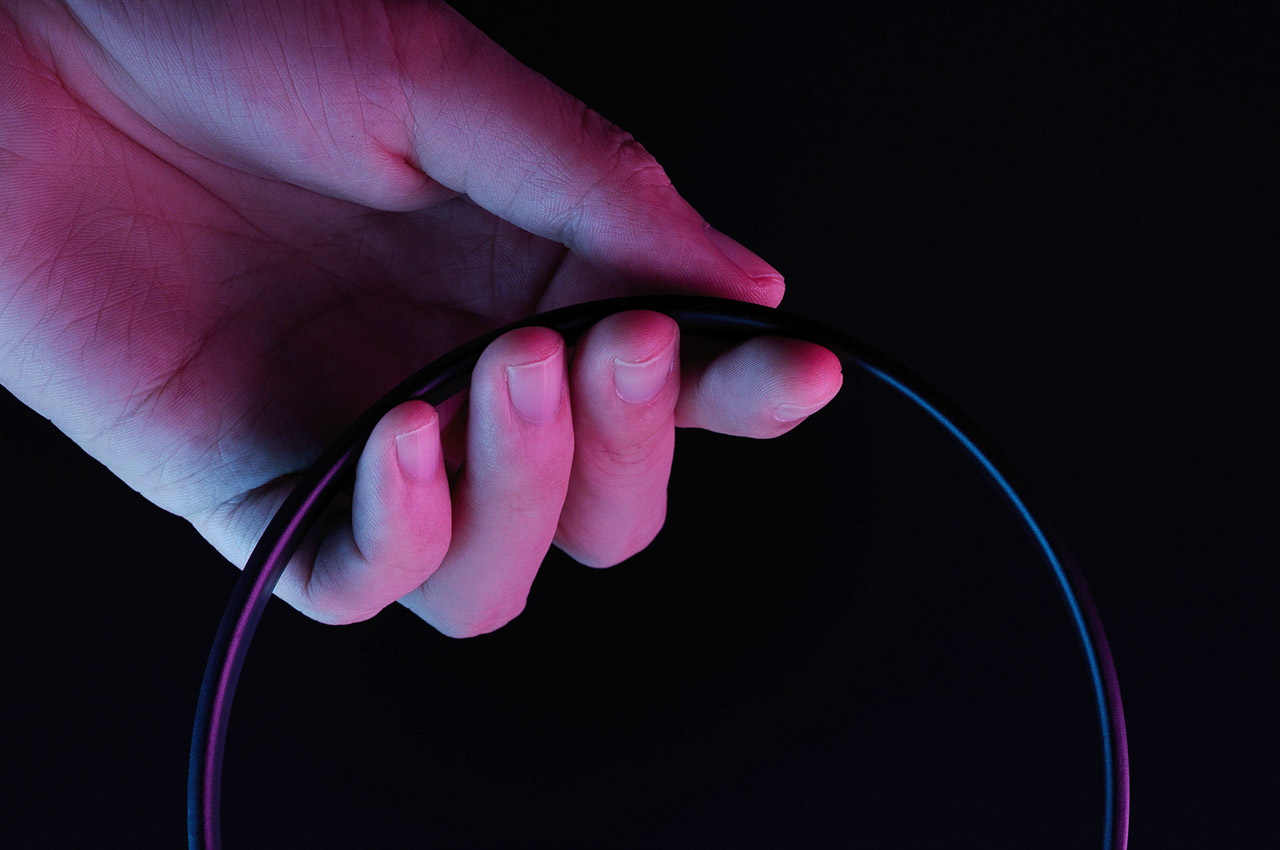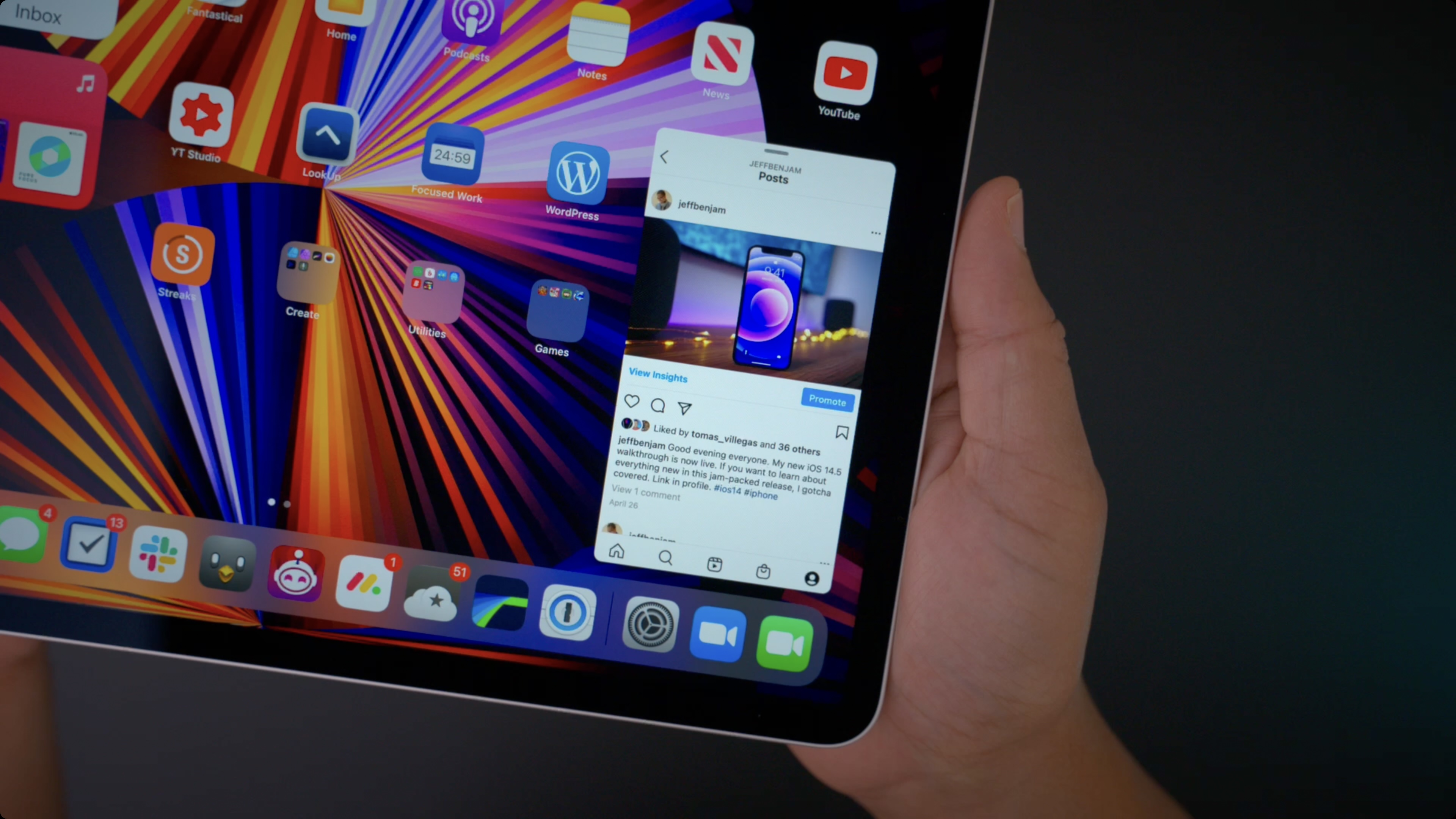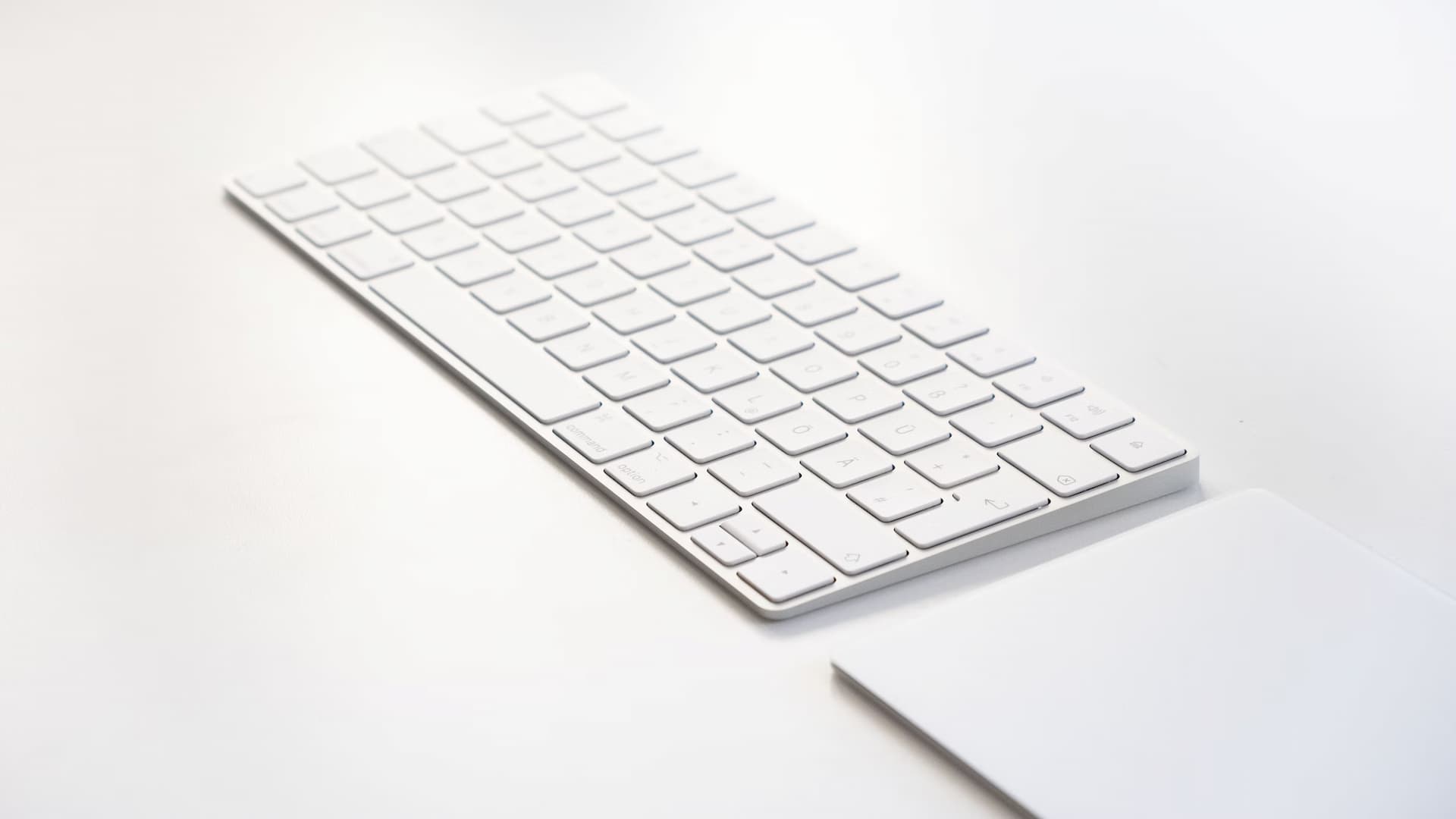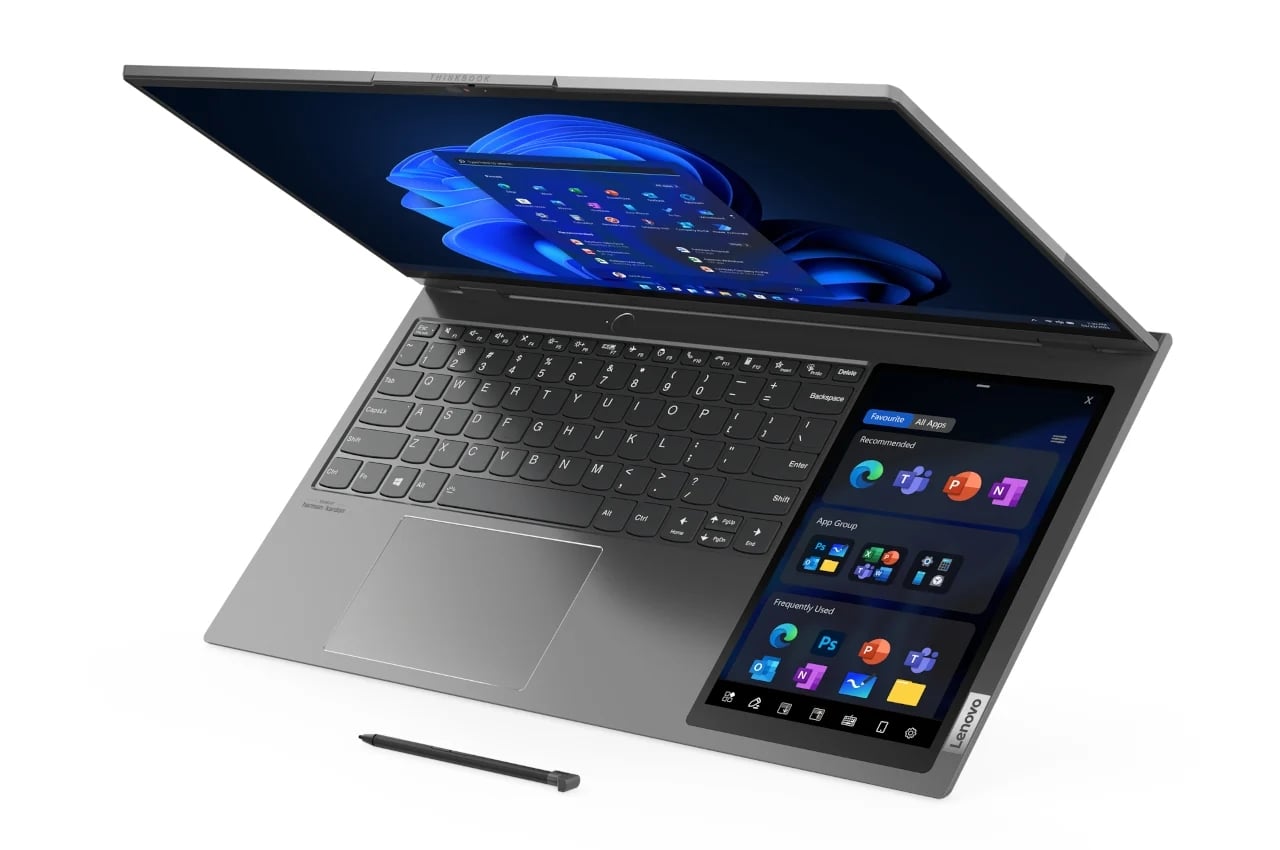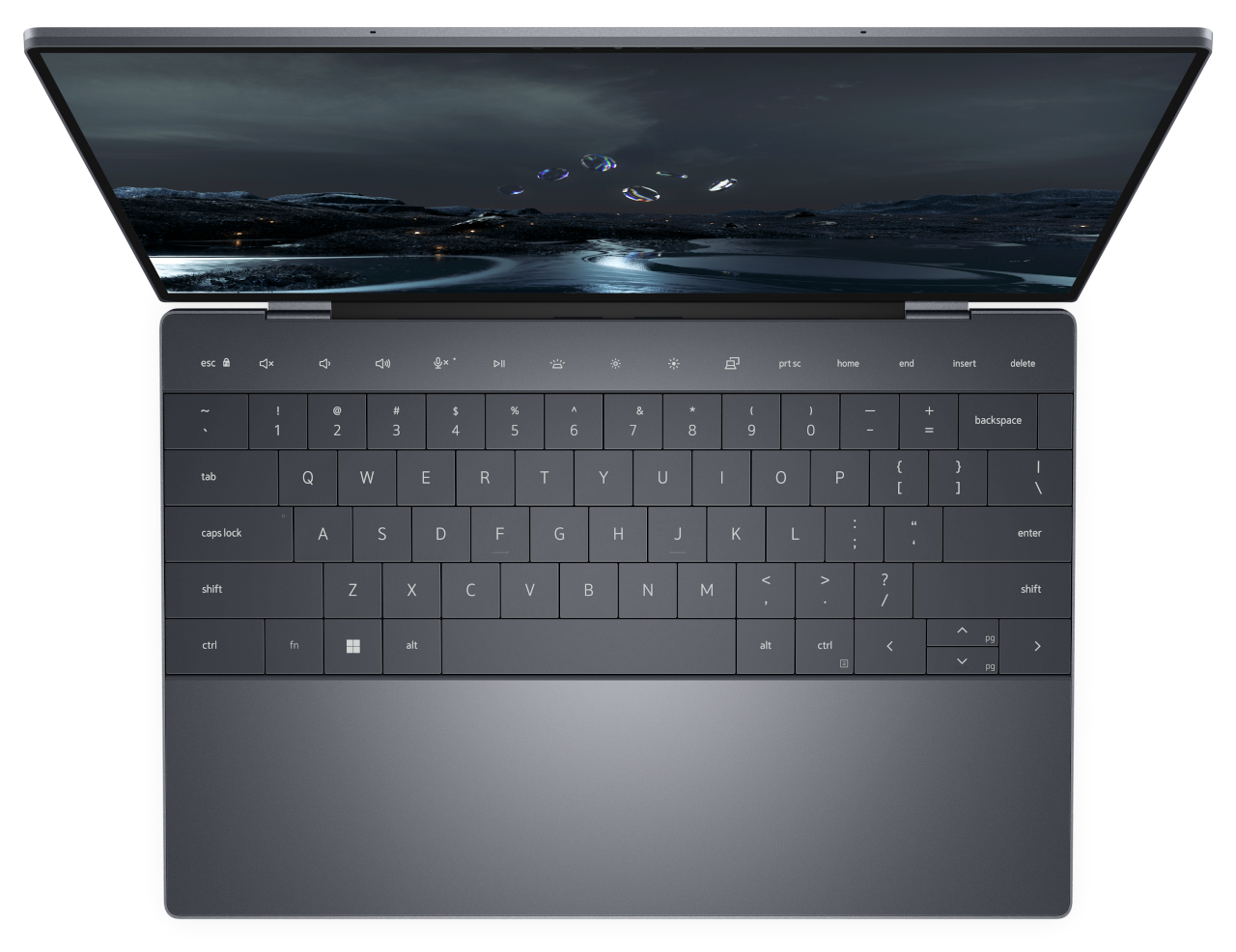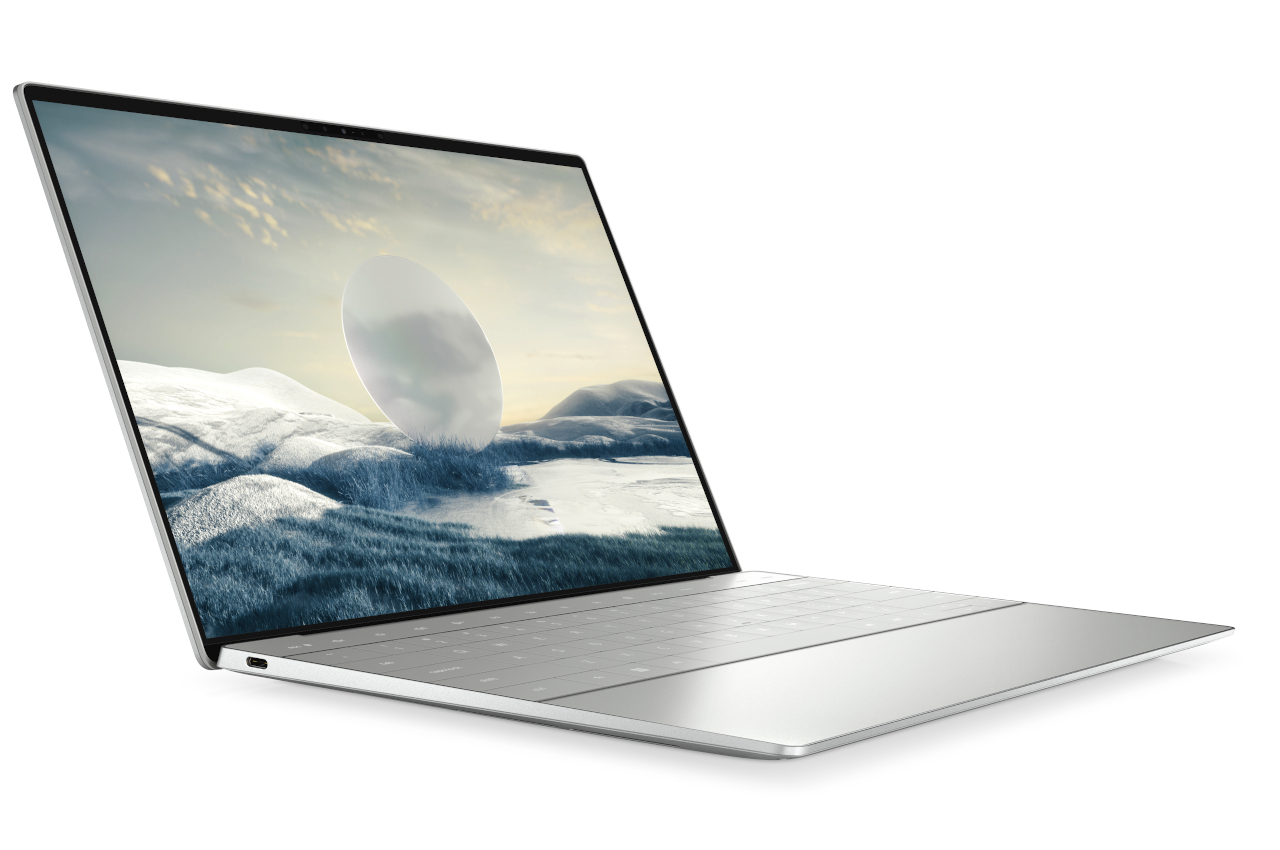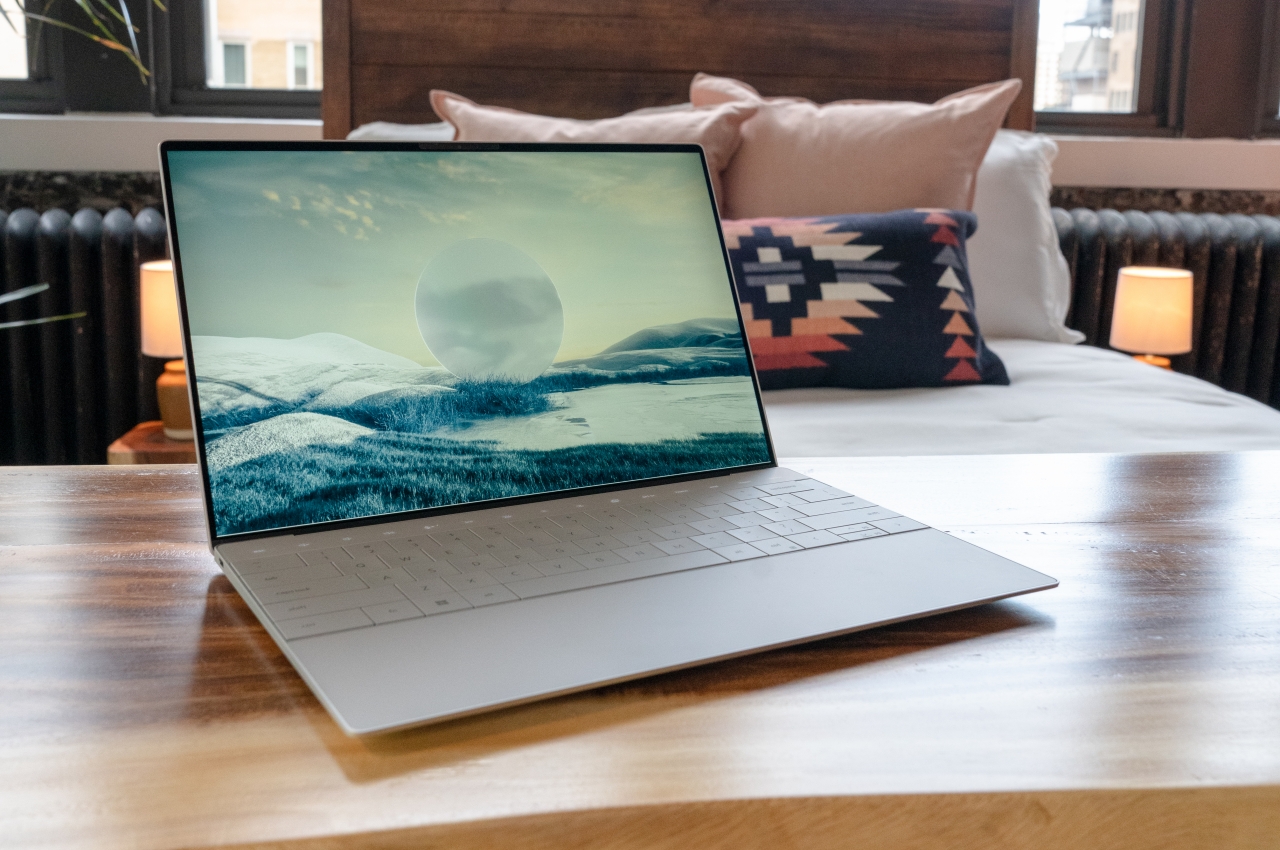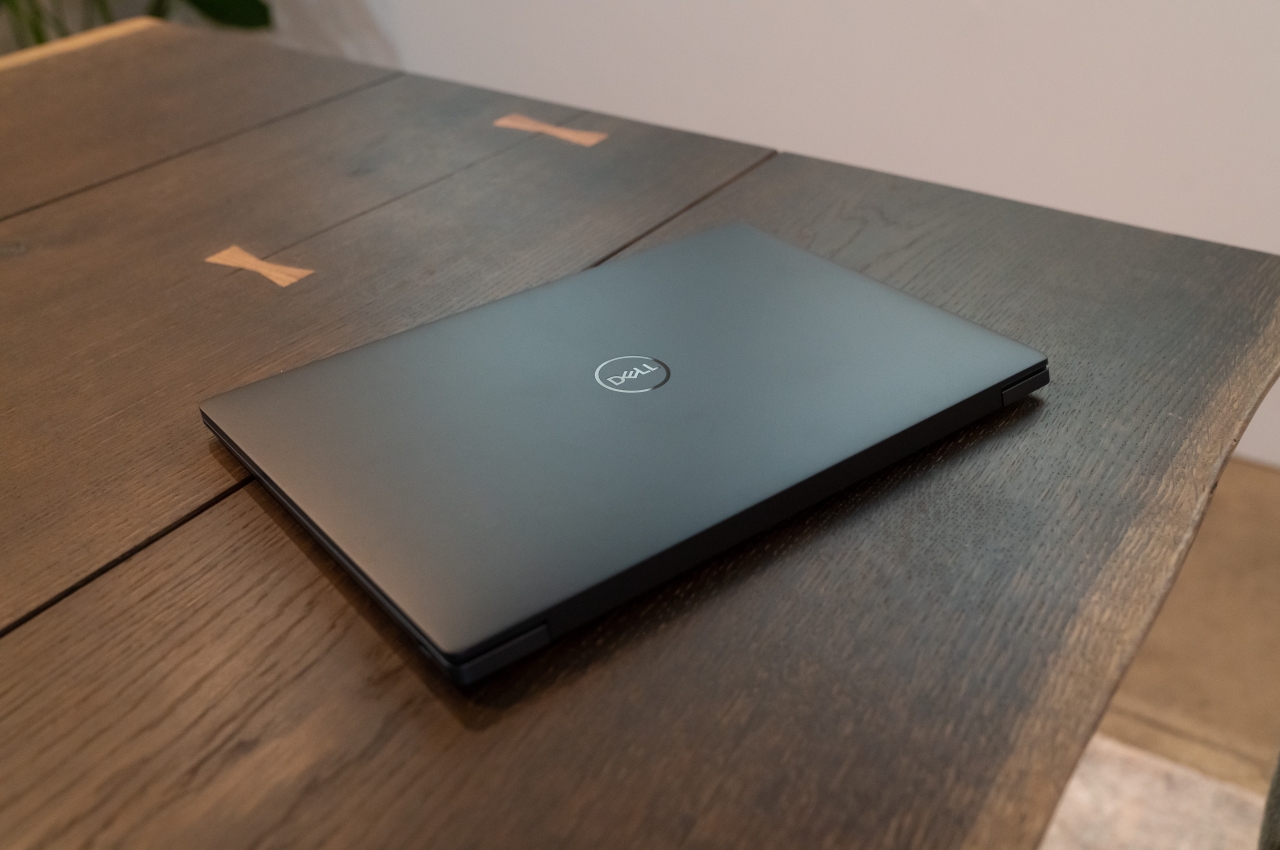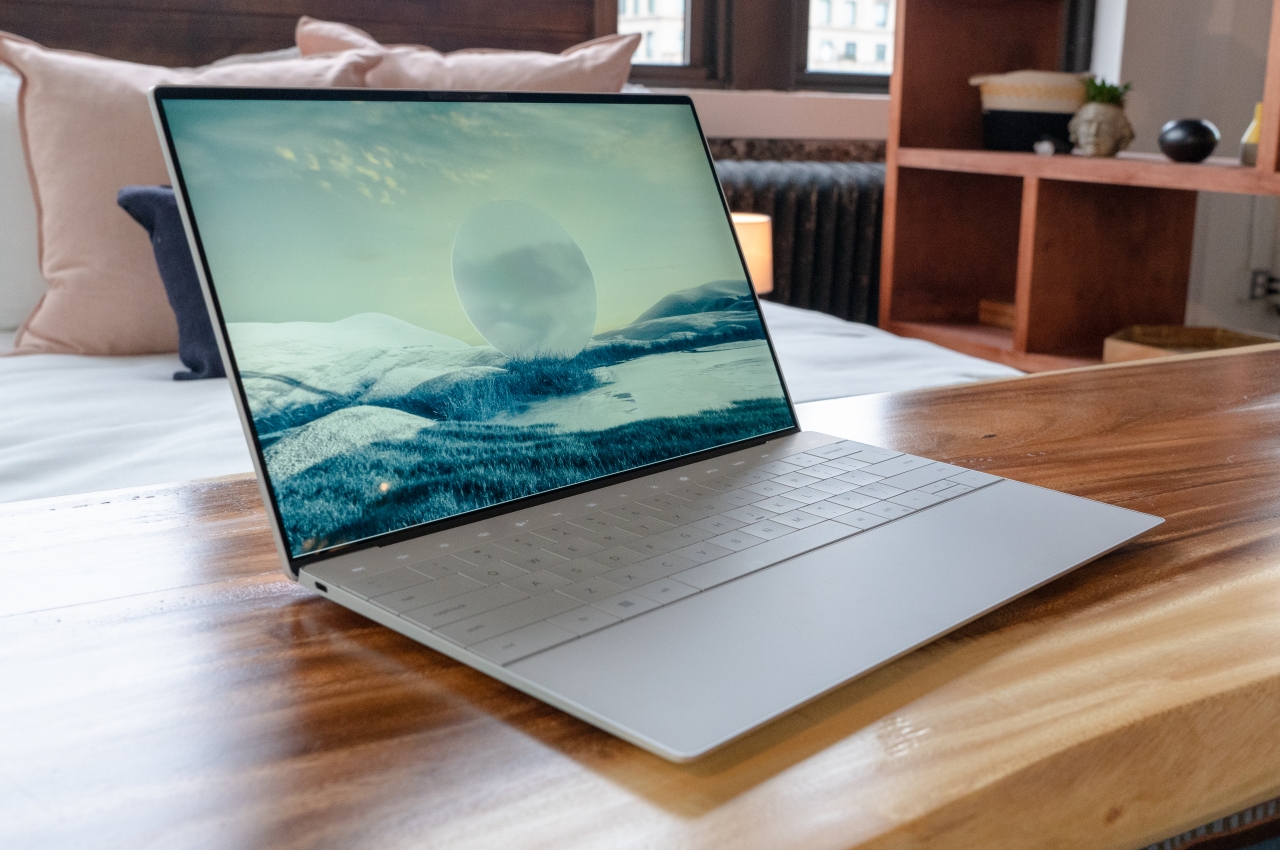In line with its vision to shape the future with intelligence and innovation, Samsung Electronics has announced that it will be supporting two new startups that have grown out of its in-house incubation program, C-Lab Inside.
Starting in December 2012, Samsung C-Lab Inside was established to encourage Samsung employees to discover new ideas and foster a culture of creativity. In the 10 years since its inception, C-Lab Inside has incubated 365 projects and engaged more than 1,500 Samsung employees. This month, Samsung announced support for two other startups, bringing the total number of startups that the company supports to 59.
In this age of digital learning it is no surprise that Samsung Electronics selected two EdTech startups to innovate in teaching and learning. Two startups were chosen: ‘Piloto, an AI-driven parental control app, that encourages children to use technology in a safe and thoughtful way, and EdInt, which proctors and administers online exams.
Continue reading to find out more about C-Lab Inside and two of the most important startups in the future education sector.
Piloto: An AI Companion for Keeping Children Safe Online

Piloto is an AI-based training solution that uses a friendly AI character to help regulate children’s screen usage and correct their posture while using smart devices.
According to South Korea’s Ministry of Science and ICT report, 28. 4% of children between the ages of 3 and 9 are at high risk for smartphone addiction. As indicated in the report, the biggest cause of smartphone addiction in young children is that parents do not know how to teach their children healthy smartphone habits.
The Piloto team is headed by Ms. Lee Dayoung who studied early childhood education. Lee developed an AI solution that allows a character to ‘live’ on a smart device, and communicates with the child as if he were a friend. This is because children are inclined towards “animistic thinking”, or believing that all things in the universe are alive.
The AI character helps children develop the ability to self-regulate their screen time by teaching them how to set their own usage time goals. The app also uses a unique natural language processing conversation model to identify the child’s language ability and communicate with them using easy-to-understand expressions.
Going beyond usage time, Piloto also analyzes a child’s body position through a camera mounted on their smart device and helps them correct any harmful posture. The app also offers exercises for the eyes to prevent vision loss and neck pain after long hours of playing. The app automatically blocks harmful content so that parents are able to rest assured knowing their children’s online activities are safe.
Since the early stages of the app’s development, the team consulted with various pediatric psychiatrists and child psychology experts to create content tailored especially to the needs of young children. The app’s clinical results have shown that it can reduce smartphone addiction as well as teach kids how to manage their screen time.
” I want to make the internet a place where kids around the globe can play and run in an enjoyable way.” said Lee Dayoung (CEO of Piloto).
Piloto will be released in the second quarter of 2011.
EdInt: An AI Proctor for Online Exams

Due to COVID-19, many institutions were forced to rapidly switch to online testing, which led to a rise in cheating during corporate recruitment and university exams. This trend inspired the creation of the Edu-tech startup, EdInt.
It can be difficult to create online test environments and control home testing. Supervisors also have to manually identify cheating with their eyesight alone, which can be both inefficient and ineffective.
EdInt, an AI online test management and proctoring service, was developed using object recognition technology and motion recognition algorithms to help organizers, supervisors and test-takers conduct online tests conveniently and efficiently.
By scanning their surroundings with a camera, test-takers can easily build their exam environment to match the guide provided by the organizer. Once an exam begins, EdInt’s AI analyzes test-takers’ behavior in real time and notifies the supervisor of any suspicious behavior. Instead of relying on humans, using AI to detect cheating can significantly reduce operating costs. In addition, EdInt provides a detailed report and full test video that can be reviewed after every test.
” We will grow into global markets starting with local public institutions and companies, said Won Dongil (CEO of EdInt).
Small Ideas, Big Innovations
For more than 10 years, the C-Lab Inside program has been supporting ideas from all areas of business as well as ideas that contribute to society. Since its introduction in December 2012, 59 projects in the program have been spun off as startups, creating more than 500 jobs.
Projects selected to the program will receive one-year support from Samsung, which includes office space and research funds, as well as full creative control of the project’s development.
The C-Lab Inside program has also resulted in numerous innovations being deployed within Samsung itself, such as Galaxy upcycling, Eco-packaging, Lifestyle TV ‘The Sero’ and new features for mobile cameras and Samsung Pay.
For the past two consecutive years, South Korea’s Ministry of SMEs and Startups has selected Samsung as the most suitable company to manage in-house venture operations. It was selected by the Korean Fair Trade Commission as a Best Practice in Implementing Fair Trade Agreements last year.
Moving forward, Samsung will continue to invest in the longevity of Korean startups through its ‘Economic Revitalization and Job Creation Initiative Plan’. Announced in August 2018, the company pledged to incubate 200 in-house projects (C-Lab Inside) and 300 external startups (C-Lab Outside) through the C-Lab program over the next five years.
The company is on track to reach its goal, having incubated a total of 426 projects, including 244 external startups through its C-Lab Outside program and 182 in-house venture projects through its C-Lab Inside program.
Pioneering Future Technology
The C-Lab program is known for its ability to foster successful startups. Recently, 30 startups that have been previously spun off from Samsung Electronics’ C-Lab attracted a total of 120 billion won in follow-up investments, including 29 billion won for ‘Linkflow’ and 14 billion won for ‘Welt’. Moreover, two startups launched from Samsung C-Lab’s first spin-off program in 2015, ‘Salted’ and ‘Mopic’, have also gained recent industry attention for their strong, foundational technology.
The first company established as a spin-off, Salted, is generating stable sales in the golf sports industry for its innovative fitness tracking and coaching solution that uses smart insoles to analyze weight shifting, swing data, balance data and posture data. At the end of 2020, the company ranked first in sales in the Amazon golf training product category and is currently maintaining steady growth in the global market by signing supply contracts in the United States and Europe. Salted recently expanded into the digital healthcare field using foot data from the patented pressure sensor technology. Salted is currently conducting domestic and international clinical trials for patients who need gait rehabilitation, such as degenerative brain diseases and diabetic neuropathy.
Another notable C-Lab startup is Mopic, a company developing light field 3D displays and image rendering software that can produce vivid stereoscopic vision. In the early stages, Mopic started its business as a smartphone cover accessory that allowed users to enjoy the 3D content without glasses. However, the 3D content market didn’t grow as fast as expected, causing difficulties in the business model. Despite these setbacks, Mopic continued to grow and improve its technology. The company is now receiving collaboration proposals worldwide as an enterprise solution, such as being used for stereoscopic images for medical surgery, infotainment for vehicles, video conferencing and more. Considering the recent rise of the metaverse and the increasing demand for immersive content, Mopic is now attracting more attention than ever as a company specializing in 3D content production and implementation technology. This success led to a Series B investment of around 10 billion won.


 This heat-induced discomfort while wearing over-the-ear headphones is even more concerning in the current era which is plagued by global warming and record-breaking heatwaves. Indeed, not a good scenario for audiophiles who listen to music on their sound-isolating headphones. Designer Kevin Chiam has got a niche idea to solve this problem with an inventive headphone prototype. Meet the Thermaphones – a pair of cans that alter the temperature to nullify the effect of extremely hot temperature or the chill of winter.
This heat-induced discomfort while wearing over-the-ear headphones is even more concerning in the current era which is plagued by global warming and record-breaking heatwaves. Indeed, not a good scenario for audiophiles who listen to music on their sound-isolating headphones. Designer Kevin Chiam has got a niche idea to solve this problem with an inventive headphone prototype. Meet the Thermaphones – a pair of cans that alter the temperature to nullify the effect of extremely hot temperature or the chill of winter.